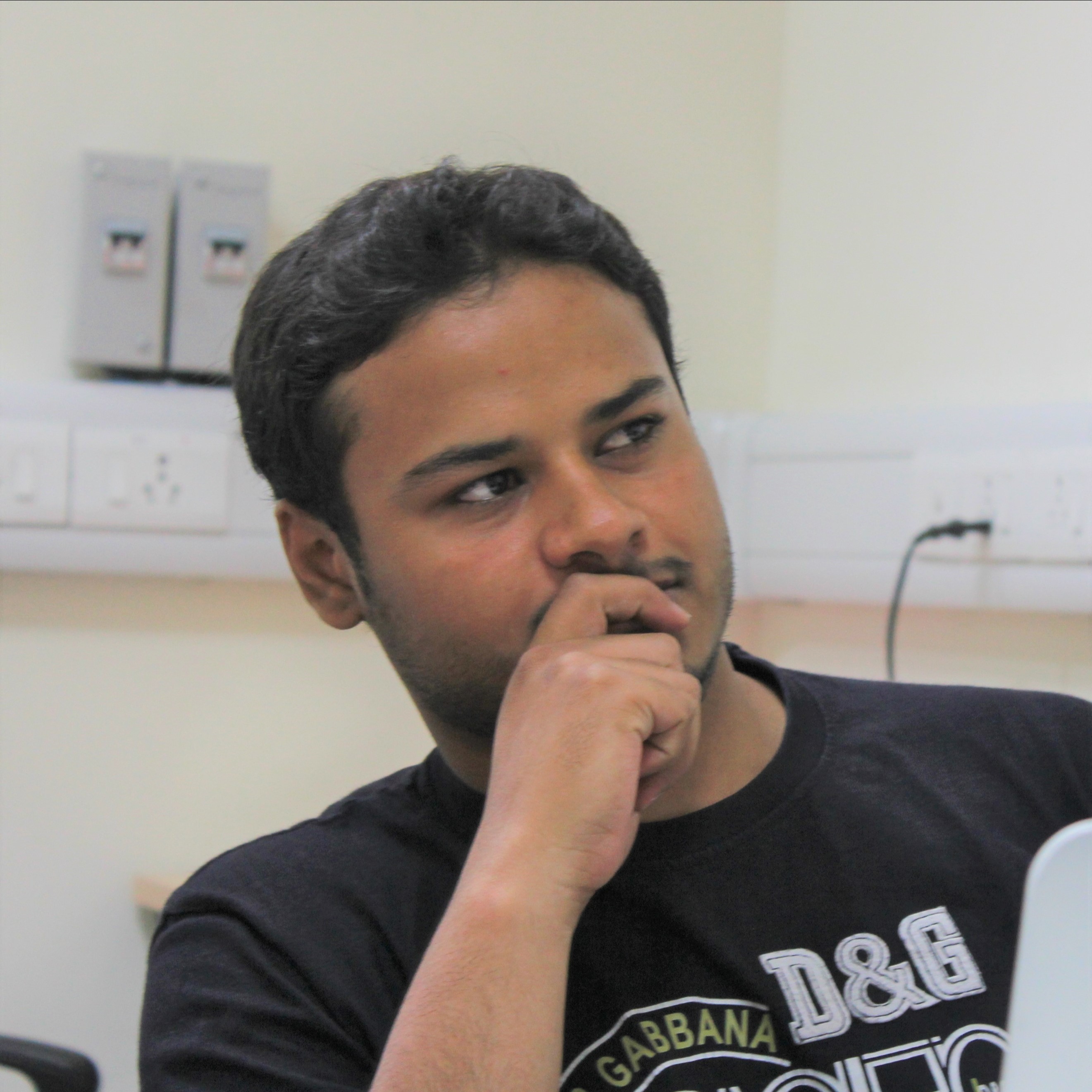As the name suggests, thought experiment is the mental tool where we experiment in the thinking process. Basically, thought experiments can be taken as the devices of imagination.
We can employ thought experiments for a variety of purposes: entertainment, education, conceptual analysis, exploration, hypothesizing, theory selection, theory implementation and so on. Sometimes when imagination is in absolute demand for understanding something, thought experiments become imperative to learning and creativity. Take for example while learning about things that we cannot directly see: about electrons or the DNA, we are at the disposal of only our thoughts and imagination. In such investigation of otherwise unseen reality, thought experiments are the best tools to come of any knowledge. Not just for understanding things, for understanding the very nature of the thought and ideas, we can use thought experiments.
They become particularly useful in a lot of philosophical discussions and exchanges. The famous trolley thought experiment in the realm of moral-ethical philosophy is one such example. The role of intuition and the human cognition, the bridge between fiction and truth can be very well traversed with the help of thought experiments. Einstein used various thought experiments to think about the nature of reality: for general relativity, he is cited to have imagined a person falling off a roof, or accelerating elevators and blind beetles crawling on curved surfaces. In his famous Cosmos saga documentary, astrophysicist Carl Sagan too uses a lot of thought experiments to explain to the audience the complex ideas of gravity, light and time. Similarly, Neil Degrasse Tyson ingeniously in the revamped Cosmos odyssey uses amazing thought experiments. My personal favourite is when he offers us the audience to imagine being on a spaceship that can travel back and forth in time anywhen we want to, unhindered by all other laws of physics. Though such a thing would be impossible, it sure helps us understand the other messages that we can grasp once we manage to imagine the scenario.
What makes thought-experimenting a robust thinking tool is also their interdisciplinary appeal. Not just philosophers and scientists but psychologists, historians, artists and economists to use these approaches to find new lines of thinking and to boost their creative capacities. Once conceived, thought experiments are not just restricted to thoughts, they can be propagated through diagrams, texts and other visual forms as well. They are different from real experiments in that rather than counterfactual reasoning, we use the free-flowing logic of the mind when we thought experimentally. In thought experiments, we always leave a room for personal subjectivity, especially when the experiments are on the philosophical spectrum of things. When we use thought experiments to think through problems, issues or tough decisions, we perform a structured process of intellectual deliberation about possible outcomes and consequences of an action. We imagine hypothetical scenarios and both short and long-term effects. We try to reason beyond the obvious and shed a light on behind the curtain scenarios as well. This way, thought experiments are the most holistic way of attempting to find a solution.
We should more often use the power of thought experiments in our personal and professional lives.




